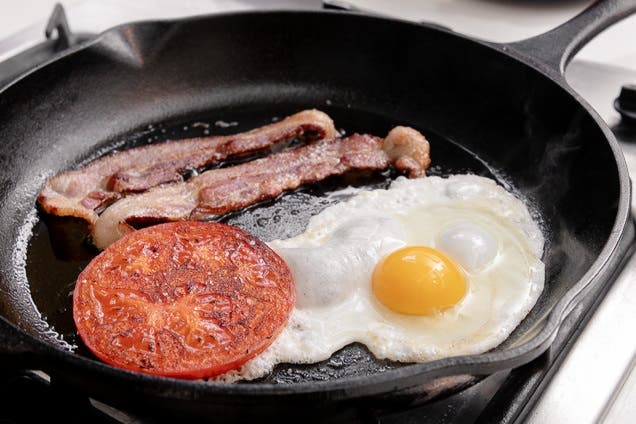Keeping your kitchen hygienic is a top priority, especially for kitchen professionals. One aspect that often goes overlooked is the cleaning of wooden kitchen utensils. These durable and aesthetically pleasing tools require specific cleaning techniques to maintain their longevity and keep your kitchen free from harmful bacteria. In this article, we'll delve into the most effective approaches for cleaning wooden kitchen utensils to ensure your kitchen remains a healthy environment.

Why Proper Cleaning is Crucial for Wooden Utensils
Wooden utensils are porous and can harbor bacteria if not cleaned properly. Unlike metal or plastic, wood can absorb food particles and moisture, making it a breeding ground for germs. Therefore, understanding how to clean wooden kitchen utensils is essential for maintaining a safe cooking environment.
What You Will Need
- Mild dish soap
- Warm water
- Vinegar or lemon juice
- Coarse salt
- Baking soda
- Food-grade mineral oil
- Clean cloths
Step-by-Step Guide

Daily Cleaning
Daily cleaning is a must to prevent bacteria buildup. Use mild dish soap and warm water to scrub your utensils. Avoid soaking them for long periods as this can damage the wood.
Instructions for Daily Cleaning
- Run the utensils under warm water.
- Apply a small amount of mild dish soap.
- Scrub with a soft sponge or cloth.
- Rinse thoroughly and dry immediately with a clean cloth.

Deep Cleaning
Occasionally, you will need to deep clean your wooden utensils to remove any stuck-on food particles and sanitize them.
Instructions for Deep Cleaning
- Mix one part vinegar or lemon juice with two parts water.
- Soak the utensils for a maximum of 5 minutes.
- Scrub with coarse salt for added abrasion.
- Rinse thoroughly with warm water and dry immediately.
- Rub with food-grade mineral oil to restore moisture and finish.
Removing Stains
Stains are inevitable, but they can be managed with baking soda and water paste.
Instructions for Removing Stains
- Mix baking soda with a few drops of water to form a paste.
- Scrub the stained area with the paste.
- Rinse thoroughly and dry immediately.
- Apply food-grade mineral oil to restore the finish.
Preventing Cracks and Splits
Wood can crack if it dries out, so it's crucial to moisturize it regularly.
Instructions for Preventing Cracks
- Apply a generous amount of food-grade mineral oil to the utensil.
- Let it soak in for a few hours or overnight.
- Wipe off any excess oil with a clean cloth.
Tips for Extending the Life of Your Wooden Kitchen Utensils
Here are some additional tips to ensure your wooden kitchen utensils last for years:
- Avoid Dishwashers: Always handwash wooden utensils.
- No Soaking: Do not leave them soaking in water.
- Proper Storage: Store them in a dry, well-ventilated area.
- Regular Sanitizing: Sanitize with vinegar or lemon juice.
Frequently Asked Questions
How often should I oil my wooden utensils?
It's advisable to oil your wooden utensils once a month to maintain their quality.
Can I use bleach to sanitize wooden utensils?
Avoid using bleach as it can damage the wood and leave harmful residues.
Is it safe to use wooden utensils for all types of cooking?
Yes, wooden utensils are safe for most types of cooking, but avoid using them in high-heat applications like deep frying.
As an Amazon Associate, I earn from qualifying purchases.
For more professional tips on kitchen maintenance, visit Serious Eats.
Additional insights on kitchen cleaning can be found at Apartment Therapy.






Leave a comment
This site is protected by hCaptcha and the hCaptcha Privacy Policy and Terms of Service apply.